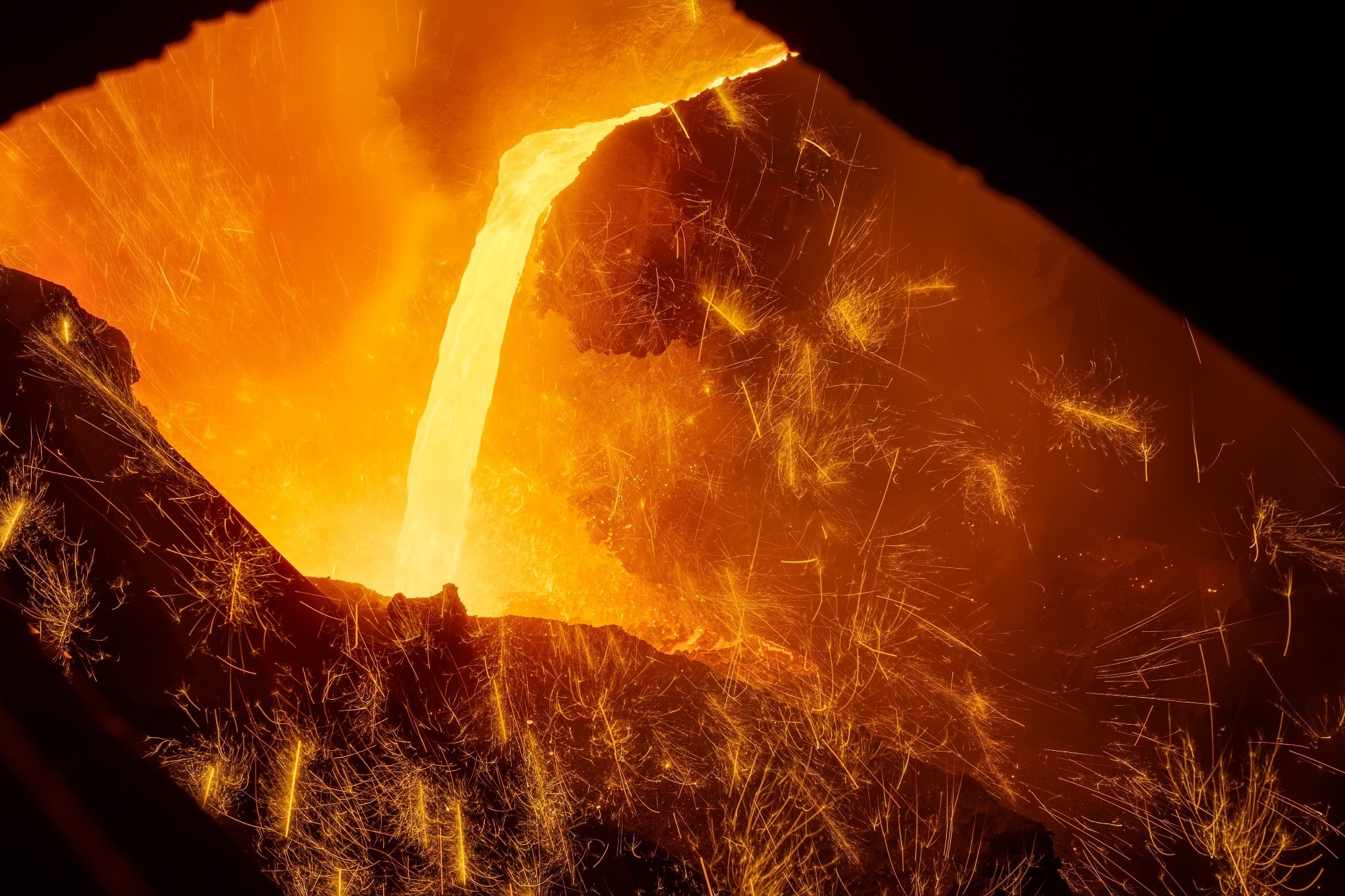Researchers have found that a blast furnace slag-based geopolymer significantly outperforms traditional Portland cement in strengthening and detoxifying heavy metal-contaminated clay soil.
 Study: Assessment of geopolymer and cement stabilizers on geotechnical properties of heavy metal-contaminated clay. Image Credit: David Jancik/Shutterstock.com
Study: Assessment of geopolymer and cement stabilizers on geotechnical properties of heavy metal-contaminated clay. Image Credit: David Jancik/Shutterstock.com
Published in Scientific Reports, the study compares the effectiveness of this geopolymer to Portland cement by evaluating their impact on contaminated clay through a range of geotechnical tests. These included particle size distribution, standard compaction, hydrometer analysis, Atterberg limits, specific gravity, unconfined compressive strength (UCS), consolidation, and pH measurements.
Background
As industrial activity expands, soil contamination, particularly from heavy metals like lead and nickel, is becoming increasingly common. Conventional soil stabilization methods, such as using Portland cement, improve soil strength and limit pollutant mobility. But they come at a cost: high energy use and significant CO2 emissions.
This has led researchers to explore alternative materials that offer comparable performance with a lower environmental impact. Among these, geopolymers have attracted attention for their potential to stabilize soils while reusing industrial by-products and reducing carbon footprints. While promising in construction, their application in contaminated soil remediation remains underexplored - until now.
Methods
As part of the study, the research team collected clay soil from Nazarabad Industrial Park, a site surrounded by factories and adjacent to farmland at risk of heavy metal uptake. To simulate contamination, the soil was treated with lab-prepared solutions containing lead nitrate, nickel nitrate, or a mix of both, and left saturated for seven days.
Two stabilization methods were tested. One used conventional cement mixed with distilled water. The other used a geopolymer made from ground blast furnace slag (GBFS) activated by equal parts sodium hydroxide and sodium silicate. Both treatments were cured under controlled conditions for seven days before testing.
The goal was to compare how each stabilizer influenced soil strength, compressibility, contaminant retention, and chemical properties.
What They Found
Both cement and geopolymer treatments improved soil performance - but not equally.
Contamination alone reduced the soil's liquid limit and increased its plastic limit, decreasing overall plasticity. Stabilization with either material further reduced the liquid limit while increasing the plastic limit, enhancing soil workability.
In strength tests, contamination led to lower cohesion and compressive strength. However, both stabilizers significantly increased UCS. The geopolymer, in particular, delivered better results: at a 15 % dosage, it increased UCS by 120 % compared to an 80 % gain with cement. It also reduced compressibility by 30 % more than cement did.
Interestingly, the study found that contamination, when combined with stabilization, made the soil more deformable - likely due to structural changes from cohesive to more granular behavior.
Chemical tests supported these results. Contaminated soils became more acidic over time (dropping to pH 8.82 after 28 days), but stabilization reversed this trend. Cement-treated soils reached a pH of 10.2, while geopolymer-treated soils became even more alkaline at pH 11.5 - indicating better neutralization of heavy metals.
Why it Matters Long-Term
These findings suggest that geopolymer stabilization not only outperforms cement in terms of strength and contaminant retention but also offers a more sustainable path forward. Using industrial by-products like slag, geopolymers align with global efforts to reduce carbon emissions while effectively remediating contaminated sites.
The encapsulation of heavy metals within the geopolymer matrix adds another layer of long-term environmental protection, making it a viable and scalable solution.
What’s Next?
To further support the use of geopolymers in soil remediation, the researchers recommend additional studies on water permeability and long-term leaching behavior. They also suggest exploring geopolymers made from other waste materials such as metakaolin and fly ash.
Journal Reference
Negahdar, H. & Tohidi, A. (2025). Assessment of geopolymer and cement stabilizers on geotechnical properties of heavy metal-contaminated clay. Scientific Reports, 15(1). DOI: 10.1038/s41598-025-04514-2. https://www.nature.com/articles/s41598-025-04514-2
Disclaimer: The views expressed here are those of the author expressed in their private capacity and do not necessarily represent the views of AZoM.com Limited T/A AZoNetwork the owner and operator of this website. This disclaimer forms part of the Terms and conditions of use of this website.